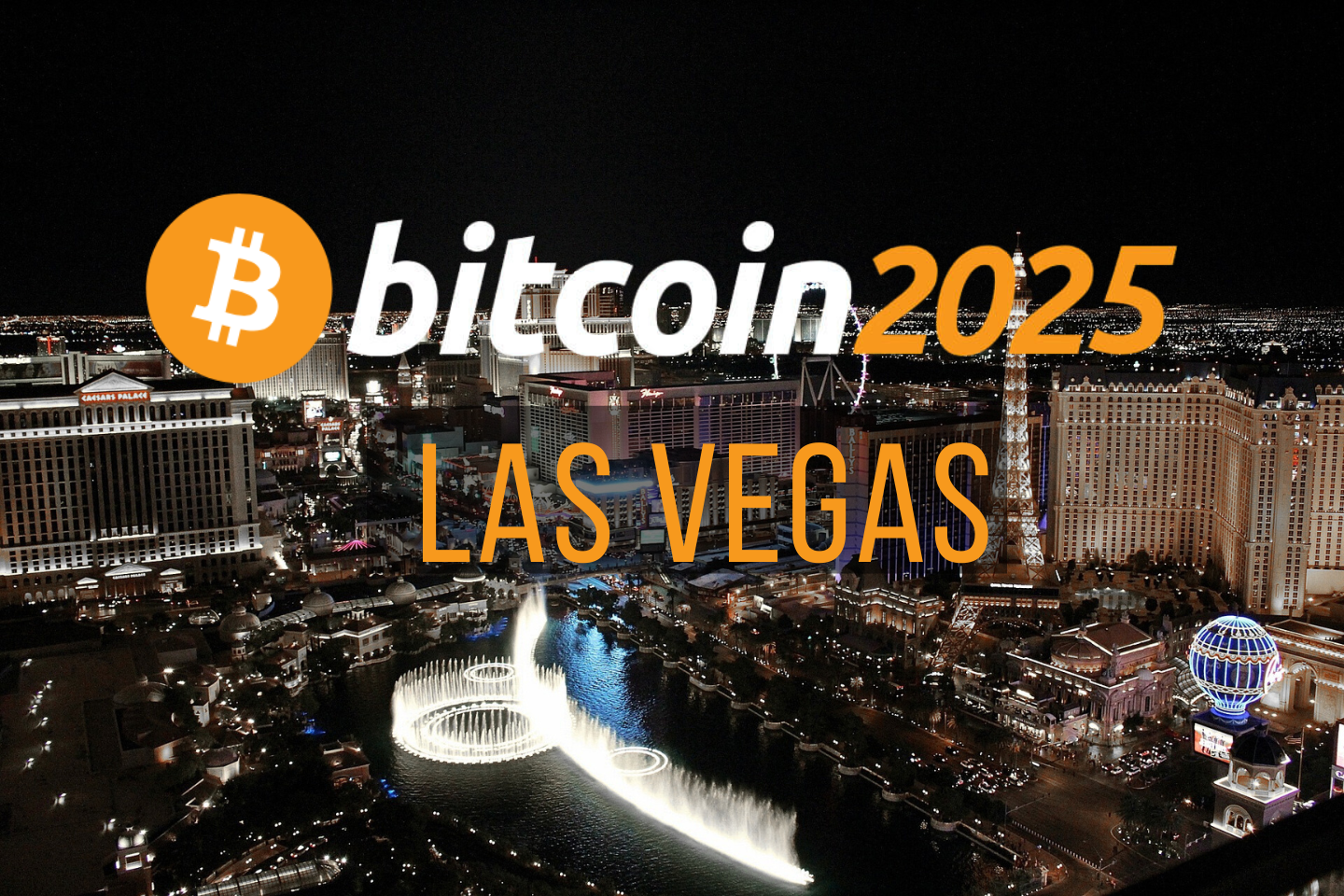Bitcoin 2025 Recap: What Executives Should Know About Digital Assets
June 13, 2025

Bitcoin 2025 marked a turning point: digital assets are moving from speculation to strategy. From regulatory clarity and treasury innovation to Lightning payments, discover what mid-market executives should do now to prepare for the digital asset future.
Introduction: Escalate Group Review of the Bitcoin Conference 2025
The Bitcoin Conference 2025 in Las Vegas marked a clear shift in the role of digital assets in business strategy. Escalate Group tracked the sessions, conversations, and industry signals and found one overarching message: digital assets are moving decisively from speculation into mainstream enterprise use.
What stood out most was the diversity of participation, from Latin America, Asia, and Europe to executives across generations. Bitcoin is no longer confined to early adopters or Gen Z, it’s now embedded in global business and financial conversations.
For mid-market CEOs and senior leaders, the signals from this year’s event point to an urgent need to evaluate digital assets, blockchain, and Web3 not as experiments, but as components of operational, financial, and compliance strategy.
Institutional Adoption Is Quietly Taking Hold
What was once the domain of crypto enthusiasts is now entering the boardroom. JP Morgan’s tokenized treasury transaction on Ethereum and Coinbase’s inclusion in the S&P 500 were showcased as examples of normalization.
These moves reinforce a broader trend: tokenized assets and crypto infrastructure are becoming business-critical rails. Many enterprises are beginning to ask how finance teams should prepare to integrate them.
AS JP Morgan has already demonstrated with tokenized treasuries: Link to JP Morgan’s Ethereum Tokenized transaction news
Regulatory Clarity Is Coming Into Focus
Conference sessions and commentary highlighted momentum behind U.S. legislation—the Stablecoin Bill and the CLARITY Bill. This progress could finally provide the regulatory framework businesses have been waiting for.
For executives, clarity reduces legal uncertainty, enables institutional-grade solutions, and accelerates the development of strategy. Stablecoins in particular are emerging as programmable, efficient money for payroll, cross-border payments, and tokenized finance—underscored by renewed activity from Meta and major banks.
The Stable Coin Bill could reshape programmable money: Link on stablecoin legislation
Bitcoin Treasury Strategies Are Evolving
The rise of “Bitcoin treasury companies” was a major talking point. Firms like Strategy (formerly MicroStrategy), Twenty One, Trump Media, and Semler Scientific are using equity and debt to acquire crypto assets, framing Bitcoin as both a reserve asset and a differentiator.
For CFOs in volatile markets, these strategies represent defensive, not speculative, moves. At the same time, sustainable mining initiatives (such as those presented by Mara) showed how ESG-aligned adoption is becoming a reality.
Bitcoin Payments Are Business-ReadyBitcoin Payments Are Business-Ready
The Lightning Network featured prominently this year, with multiple demonstrations of its enterprise readiness. Companies across retail, logistics, and SaaS showcased how it enables instant, low-fee, fraud-resistant transactions.
Bitcoin payments are no longer a future possibility—they’re a current opportunity for businesses looking to reduce processing costs, speed settlement, and expand cross-border capabilities
What Mid-Market Leaders Should Do Next
Escalate Group recommends executives:
– Educate leadership teams by making digital assets part of strategic workshops and board discussions.
– Assess digital readiness across finance and IT systems for tokenized assets and smart contracts.
– Track regulatory progress and engage with advisors before laws are finalized.
– Pilot small experiments, such as a stablecoin payment flow or Lightning transaction, while monitoring customer behaviors in Web3.
Check our article: How CEOs can lead Agile Organizational Transformation
Conclusion: A Transitional Year
Bitcoin 2025 reflected less hype and more foundation building. The focus is shifting from speculation to integration—an inflection point for executives.
For CEOs navigating growth, risk, and digital transformation, the message is clear: now is the time to reflect strategically, experiment purposefully, and prepare to integrate digital assets responsibly.